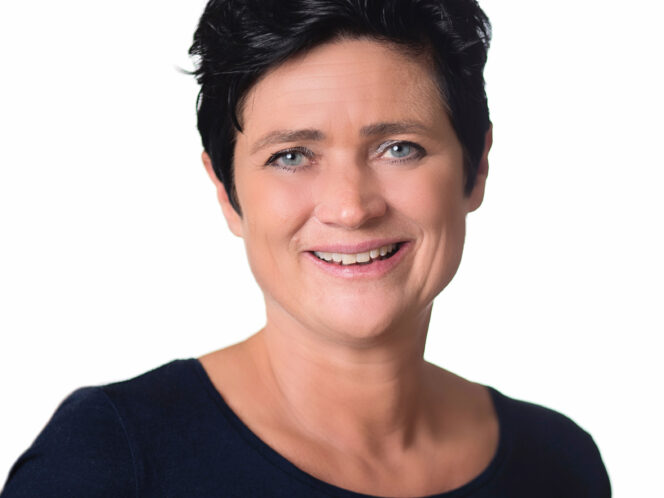
Do our brains work differently when we’re writing by hand as opposed to when we’re typing? Why do our brains enjoy physical activity and challenges so much? Maria Hawranek discusses these questions with Audrey van der Meer, a Norwegian neuropsychologist and neurobiologist.
Although they have made lunar landings, the internet, and modern neurological research possible, human brains thrive best under conditions that reflect the lives of our grandparents. Old-fashioned customs like walking, writing in a notebook (or tracing letters in the sand) are great for our brains. What’s more, scientific evidence suggests that these simple activities make us smarter.
Maria Hawranek: You’ve been studying brain development of fetuses, newborns, and infants for a number of years now. How did you become interested in the mechanisms of handwriting in young adults?
Audrey van der Meer: In order to be able to study newborns, we need special equipment— several electrodes sewn together in a net that you put on the subject’s head in one swift movement. That’s the only way—the old traditional EEG system would require literally gluing electrodes one by one to the baby’s scalp, and scraping their scalp a little to ensure clear contact between the surface of the skin and the electrodes or sensors. Before this special mesh was created, recording brain signals in newborns and infants was practically impossible. Of course, these nets are very expensive. We received this sizable Norwegian grant to purchase EEG nets in all sizes, from those fitting newborns to those suitable for adults. When the media reported this, curious people started writing to us, thinking that we could read people’s minds with the devices. We had to explain that it’s not that simple. These experiments need meticulous planning; we first need to decide what stimulus we want to present to the participant. i.e., what image or sound we will show them.
Eventually, the employees of the European branch of a well-known








